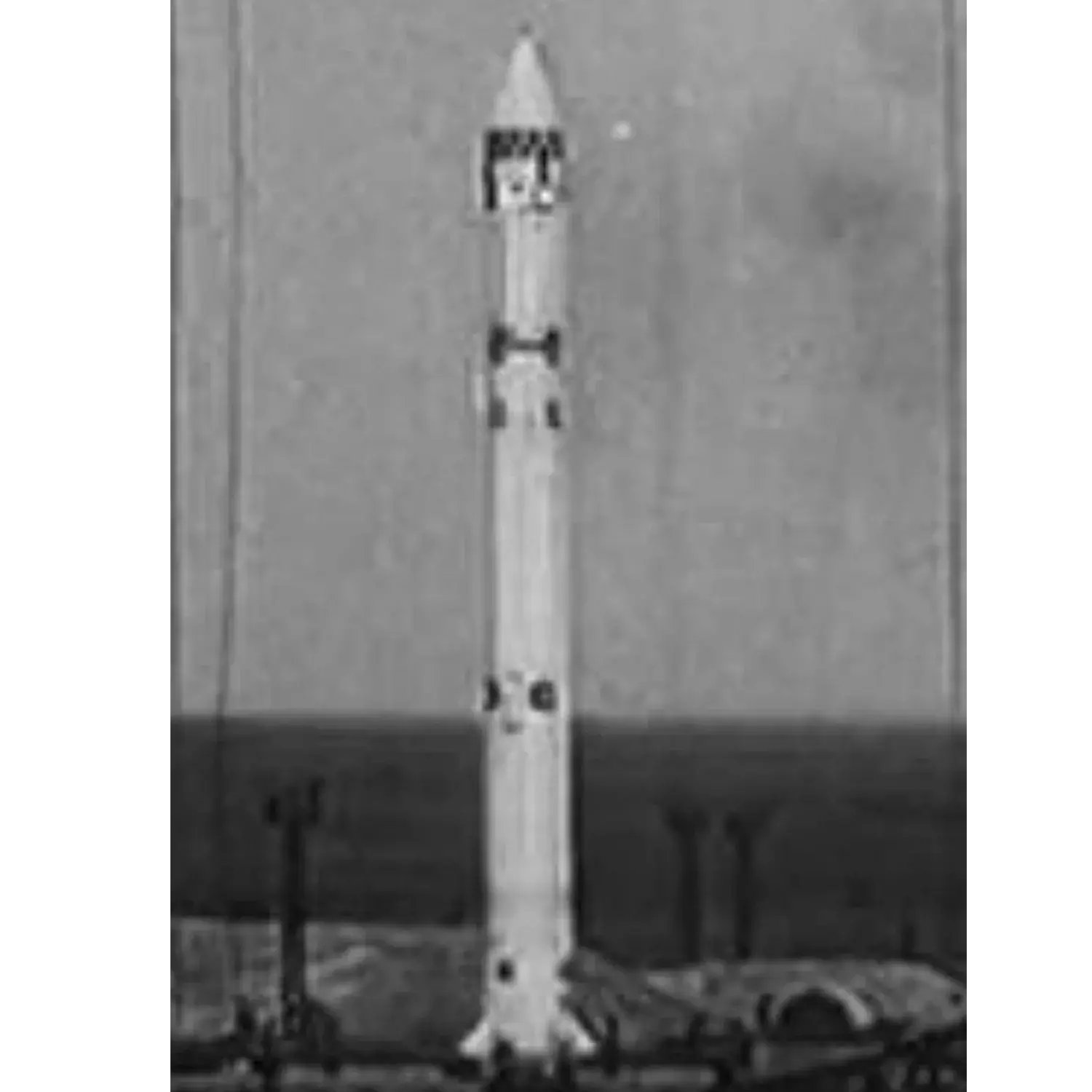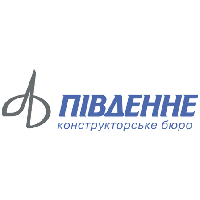Cosmos 31
Launch Success
Liftoff Time (GMT)
06:00:00
Saturday June 6, 1964
Mission Details
Cosmos 31
DS satellites are a series of satellites made to be universal, and easily modifiable according to customer needs. After a first launch in 1962, almost two hundred satellites will be launched. Several generations of DS satellites will be developed, some used for scientific studies, while others will be used by the Red Army for radar calibration. After flying two demonstration series (DS-1 and DS-2), the DS satellites will have three universal versions (DS-U1, unstabilized and battery-powered, DS-U2, unstabilized and solar-powered, DS-U3, stabilized). Versions will also be produced to fly international experiments, leading to the Intercosmos program. This flight flew a DS-MG satellite. The aim of the DS-MG satellites is to map the Earth's magnetic field, determine its Gaussian coefficients and study its inversions throughout history. The DS-MG satellites have a mass of 285kg. They are placed on low orbits (265km x 484km x 49°). Their batteries allow them to operate in orbit for twelve days. The telecommunications system includes the BKRL-2D remote control system, the Tral-MSD telemetry system and the Fakel-MS orbit tracking system. In the DS series of satellites, the DS-MG are the first to be equipped with a temperature control system with a heat exchanger, consisting of two half-spheres where a heat transfer fluid circulates. The DS-MG satellites are equipped with two PM-4 proton magnetometers from the Institute of Earth Magnetism. Each of them consists of a PM-4D sensor, a PM-4-E electronic box, a PM-4-K magnetic disturbance compensator. The PM-4D sensors are arranged in a 170mm diameter sphere placed at the end of a 2.5m long mast at the front of the satellite.
Low Earth Orbit
1 Payload
285 kilograms
Rocket


Manufacturer
OKB-586Rocket
Height: 29.59m
Payload to Orbit
LEO: 350 kg
GTO: 0 kg
Liftoff Thrust
636 Kilonewtons
Fairing
Diameter: 1.65m
Height: 2.99m
Stages
2
Launch Site
Stats
Cosmos-1
21st
Mission
3rd
Mission of 1964
OKB-586
89th
Mission
14th
Mission of 1964
1964
35th
Orbital launch attempt